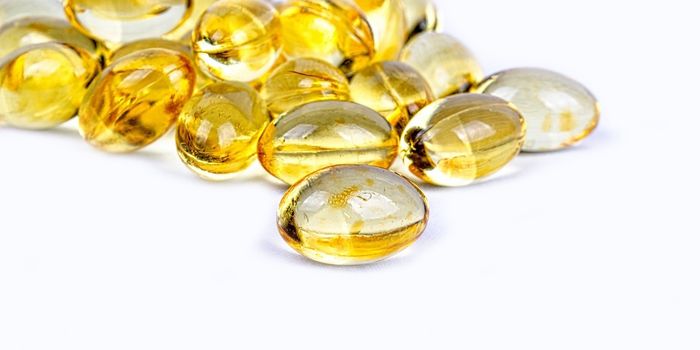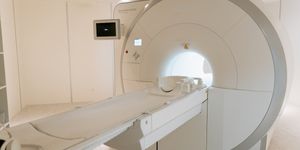Saying "Bye" to UTI E. Coli
In the arms race between animal and bacteria, endogenous antimicrobial peptides (AMPs) are our body’s way of defending against infection. Produced by all living organisms, these peptides not only inhibit microbial survival but also aid in tissue repair and strengthen the defenses of the host.
As the golden era of antibiotics fades, there’s an urgent need for new therapeutic approaches. In addition, current antibiotics are disruptive to the normal microbiota of vaginal and gastrointestinal tract. Ironically, this makes us more susceptible to unfriendly bacteria.
Synthetic AMPs have amphipathic characteristics which allow them to punch holes in outer and inner bacterial membranes. These new tools are quickly being developed and tested for various infections, including those of the urinary tract.
Infections of the urinary system (UTIs) can range from the bladder to the kidneys. A high number of UTIs are caused by uropathogenic enterobacterales coli (UPEC). E. coli use adhesin proteins to cling to the host’s UT surfaces in spite of the shearing force of fast flowing tract fluids. Multidrug-resistant strains of uropathogens are common with limited alternative treatment options.
Ceragenin (CSA) are a class of synthetic antibiotic which mimics endogenous AMPs. These molecules can fight bacteria, fungi, spores, viruses, and protozoa. CSA’s kill microbial cells through oxidative stress and by disrupting bacterial membranes. Because bacteria would have to develop significant changes to their adhesins and membrane structure and composition before developing resistance, they offer a large step forward in the antibiotic arms race.
Ceragenin CSA-13 performed well against E. coli strains from UTI patients. Now in a paper out of Scientific Reports, researchers from Medical University of Białystok induced UTIs and examined the absorption, distribution, metabolism and elimination of a CSA treatment in an in vivo mouse model. Their results are more than promising.
It appears this critical preclinical drug research has identified a new viable treatment which not only kills the bacteria associated with UTIs but helps to heal the affected tissue. Intravenous delivery of CSA-13 induced reactive oxygen species and killed E. coli while also protecting against bladder cell death. Using nanoscale cell imaging called atomic force microscopy (AFM), the researchers assessed the effects of CSAs on the size and texture of urinary tract and bladder cell membranes. The findings suggested CSA treatment helped to stiffen the membranes of the cells, creating a hostile environment for bacteria adhesion.
CSAs had bactericidal effects and indirectly promote the urinary tract microenvironment to form biophysical features inhospitable to bacterial colonization. This alternative completely avoids the complications and resistance of antibiotics.
Sources: Scientific Reports, American Journal of Emergency Medicine, Clinical Infectious Diseases, Current Allergy Asthma Reports, European Journal of Biochemistry









